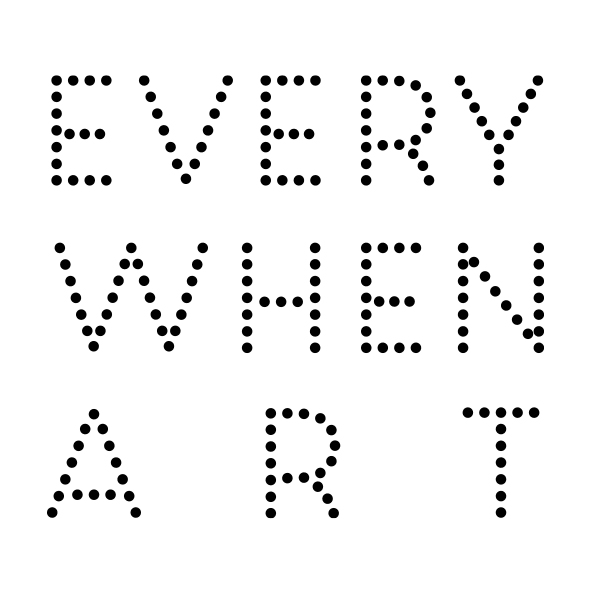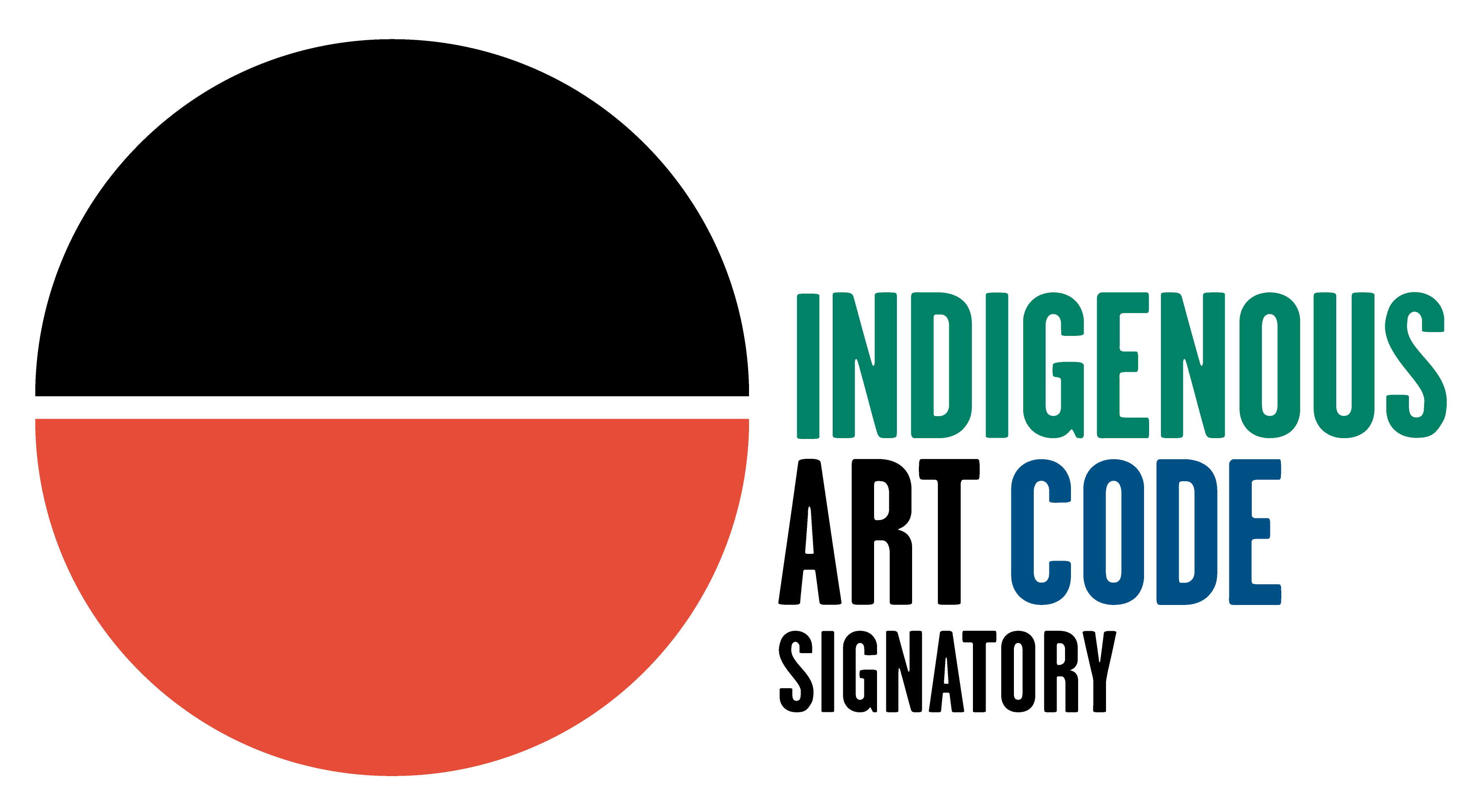Maringka Burton Pitjantjatjara, b. 1950
65 3/4 x 78 in
Maringka Burton, b.1950 is a traditional healer (ngangkari) and senior painter of the APY lands. She was born in the bush near Anumara Piti (caterpillar dreaming) in the far west of South Australia, south of Irruntju (Wingellina) near the WA border. Her father was Charlie Tjalkuriny (Charlie Burton) a highly respected ngangkari – who taught Maringka her practice; her mother was Naputja Yanyi (Yanyi Burton.) Maringka and her five siblings travelled constantly with her parents and aunties as a large group, walking by foot to visit family and hunt for food and drinking water. "I grew up in Ernabella”, she says. “ it was palya (good) but all of us didn’t have any clothes, we went to school naked, and had blankets when it got cold. I was spending time at Amata when I was a teenager, and I married a man from Fregon. I have no children, but I am the carer for my sister's grandchildren. I learnt to sing in Amata and do Inma (traditional dances) and many of my family still live there.” As a young woman Maringka travelled to Adelaide for schooling with her husband, there was no road at this time, so they travelled many days through the desert to reach the school. Maringka excelled at English and found it easy to gain employment at Granite Downs station where her husband also worked. “My husband and I went to Emmanuel College in Adelaide for school. He was training to be a stockman on a cattle farm. This is where I learnt how to read. I have worked in Granite Downs for long time, I was working as an Aged Care support person.” Maringka settled at the Indulkana community when it was in its initial stages of establishment. At this time there were no houses and people lived in wiltjas (bough shelters) by the Iwantja creek. She spent time travelling between Indulkana, Ernabella and Amata to visit family and continue working as a ngangkari. As a child, Maringka was taught traditional dances and storytelling by her family; today she is a talented performer and has been involved in many major events. “I am a senior lady at Iwantja, I began work at Iwantja long time ago, I was first woman artist here. I help look after the art centre and go to big meetings for them. I make basket weavings, and paintings. Tjukurrpa (dreaming) and tjukula (rock holes) are my special designs, I want to keep painting and singing always". Maringka plays an integral role in being a spokeswoman for ladies in the community. She attends many NPY Women’s Council meetings and often travels to represent the Indulkana community and speak on behalf of all Anangu women across the APY Lands, at events in Canberra and Sydney. Her personal ngangkari practice focuses on healings related to illness with the head, and with an emphasis on women’s overall wellbeing and healings. Maringka is often called upon in crisis situations such as vehicle collisions, or complicated births. She is able to bring relief and instant healing for a variety of illnesses. “My father’s side taught me about ngangkari. I have secret mapanpa (healing tools) inside my hands, but I can’t tell you. I used to work at the clinic and with chi chi (childrens) illnesses for long time. I have healed many problems; I’m often working on the head for women and men, sometimes I’m working in a group with many ngangkaris. Ngangkaris have always been here, we’ve been healing people and fixing the spirits for a long time in our homes; now we’re working with the doctors in the clinics.”
Maringka's dynamic paintings often present imagery and patterns interconnected with her personal caterpillar-dreaming story. She continues to care for many children, and strongly believes the way forward in community is for both young and old to remain engaged through creative practices and sharing of knowledge and culture. Her paintings almost always depict the caterpillar dreaming stories of the country of her birth to the far west of South Australia, near the West Australian border. The dreaming story of the caterpillar is special to that area. The small green and white caterpillars burrow tunnels and holes into the earth leaving behind on the surface of the desert sands a patterned landscape. Maringka depicts these intricate repetitions of these fine twists and curls in the red dirt in her soft and detailed paintings.
Exhibitions
Outstanding Aboriginal art from 9 regionsOutstanding Aboriginal Art from 9 regions


